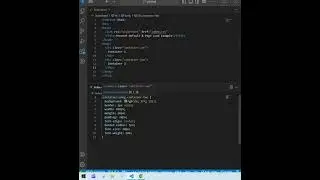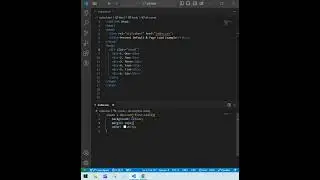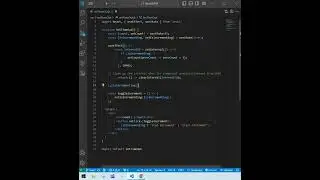How to Pass Components as Props and Access Them Using Children in React || How to use children React
How to Pass Component as a Props and accessing by using Children in React
In React, you can pass components or elements from a parent component to a child component using the special children prop. This technique allows you to create reusable wrapper components that can dynamically render whatever is passed between their opening and closing tags.
how to pass component as props in react js.
Example Scenario:
Consider a scenario where you have a parent component (ComponentOne) that wants to pass multiple elements—a component, a heading, and a paragraph—to a child component (ComponentTwo). Instead of passing each element as a separate prop, you can place these elements inside the opening and closing tags of ComponentTwo. React automatically passes this content as children to ComponentTwo.
How It Works:
Parent Component (ComponentOne):
Renders the child component (ComponentTwo) and includes the elements (PropsComponent, h1, p) between its tags.
These elements are treated as children of ComponentTwo.
Child Component (ComponentTwo):
Receives the children prop, which contains all the nested elements passed from ComponentOne.
Renders these children inside a div, displaying them in the order they were passed.
Benefits:
Flexibility: Allows you to design components that can wrap or contain arbitrary content, making them more versatile.
Reusability: You can reuse ComponentTwo in different contexts, passing different children each time, without changing the component’s internal structure.
This approach simplifies the management of nested elements and enhances the composability of your React components.
leveraging the children prop for custom layouts in react, using children to enhance react component reusability, dynamic rendering with the children prop in react, how to pass nested elements through the children prop in react, the children prop: making your react components versatile, understanding how react handles children props, integrating children into react component structure, react children prop: a guide to nested elements, designing react components with flexible children props, how to organize react components using children, mastering the children prop for react component design, using children to build nested uis in react, react component composition with children prop, the role of children in react component hierarchy, how to encapsulate elements with the children prop in react, building dynamic component trees with children in react, the importance of children in react ui patterns, customizing react components using the children prop, handling multiple children in react components, using the children prop to simplify react layouts.
understanding the children prop in react, how to pass components as children in react, creating reusable components with children in react, react children prop explained, using the children prop for dynamic content in react, how to render nested components in react with children, passing multiple components as children in react, building flexible react components with the children prop, best practices for using children in react, advanced usage of the react children prop, how to nest components with children in react, rendering components inside other components with children, understanding react’s special children prop, the power of the children prop in react component design, how to create wrapper components with children in react, using children to pass jsx elements in react, react components: passing elements as children, building complex ui with the children prop in react, how to manage nested content using the children prop, simplifying component composition with children in react.































